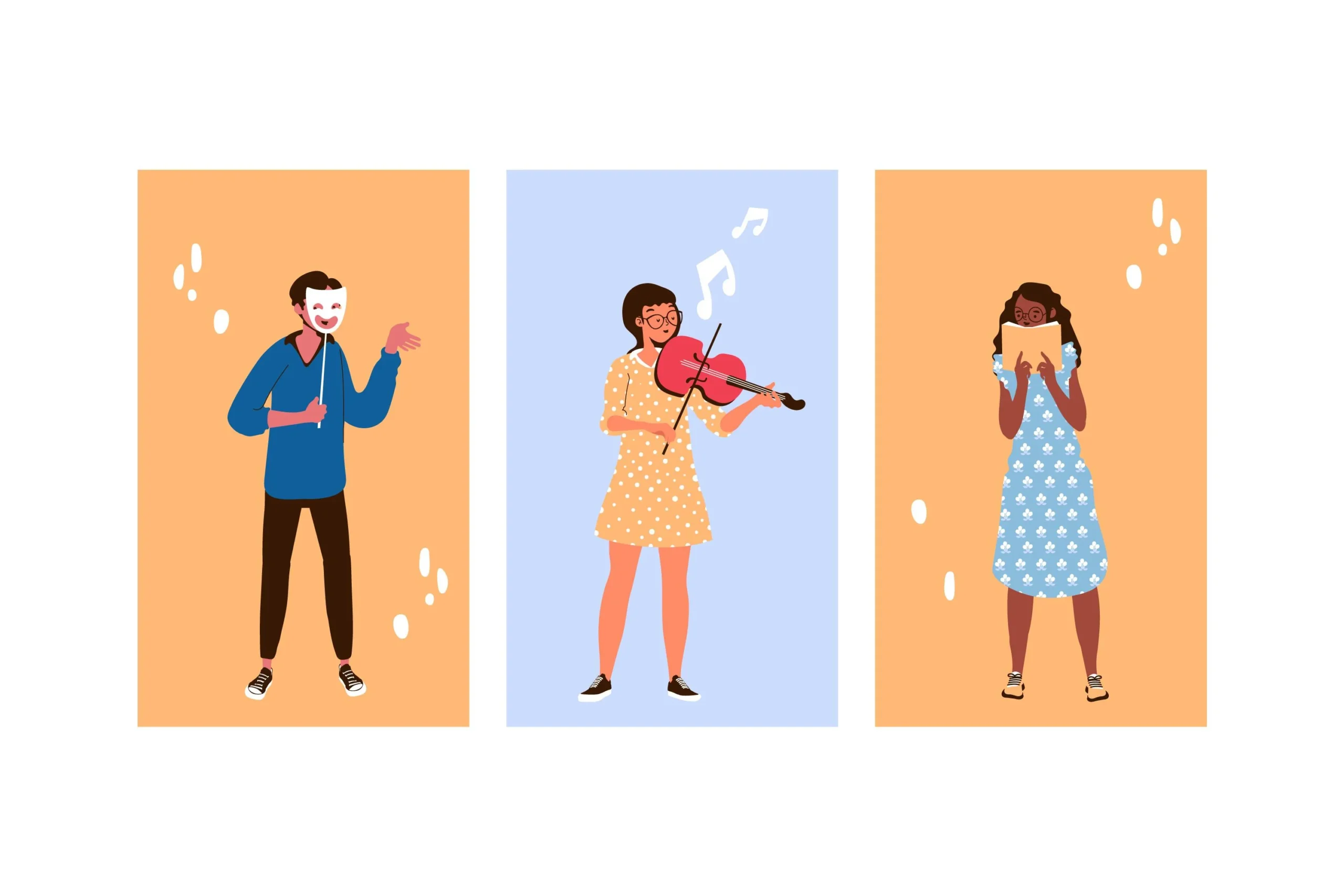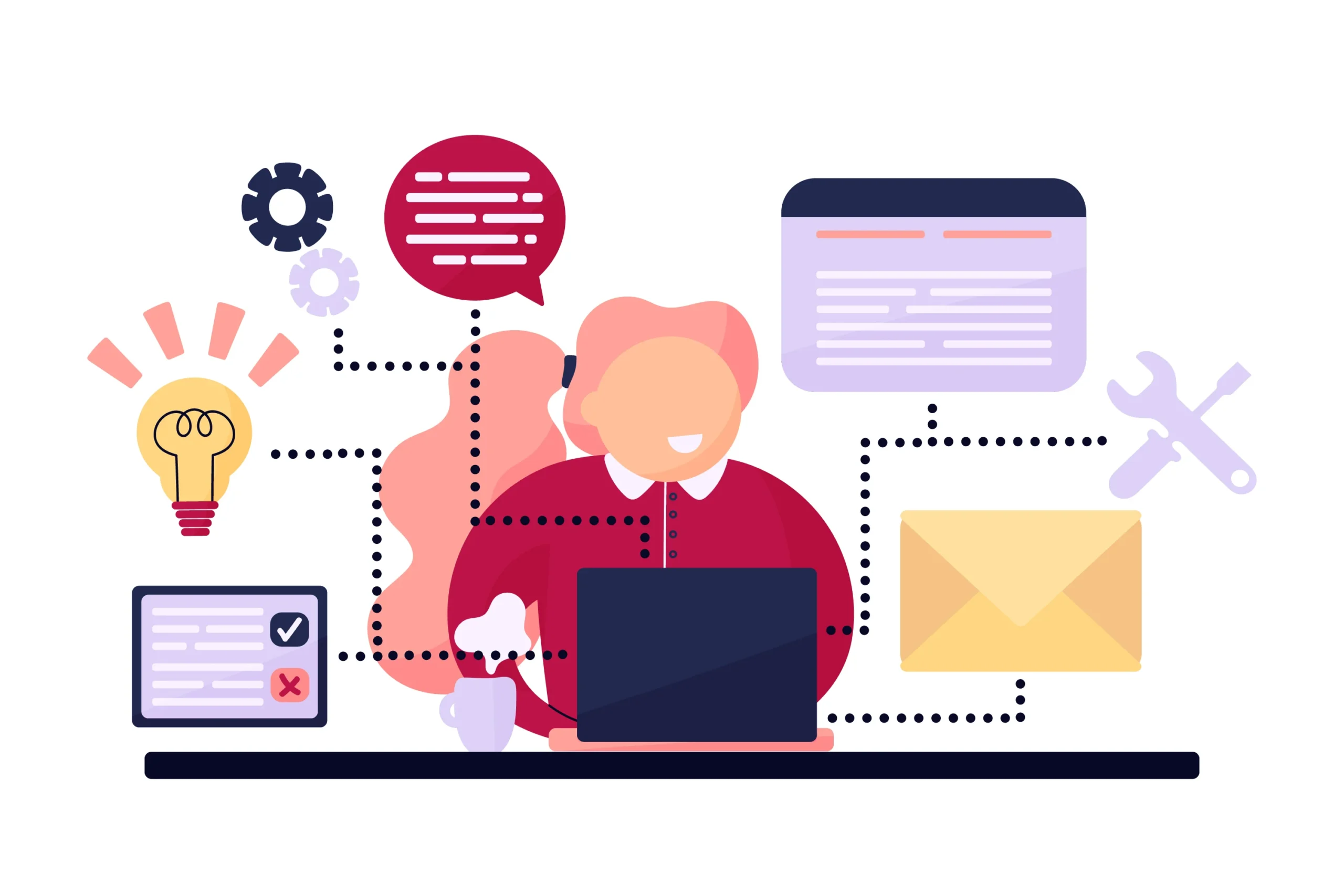Learning to play the violin can be a deeply rewarding journey, offering not just a chance to develop musical skills but also a way to express emotions and creativity. Though mastering the violin requires patience, dedication, and practice, the joy of producing beautiful melodies makes it worth the effort. This article will guide you through the process of learning the violin, from the first steps to developing proficiency.
Why Learn the Violin?
The violin is one of the most versatile and expressive instruments, played in a wide range of genres, from classical and folk to jazz and contemporary music. Whether you’re inspired by virtuoso performers or enchanted by the soulful sounds of the instrument, learning the violin can provide a deep sense of fulfillment.
Getting Started with the Violin
1. Choosing the Right Violin
The first step in learning to play the violin is choosing the right instrument. Beginners often rent or buy student violins, which are specifically designed for learners. Here’s what you should consider when selecting your violin:
- Size: Violins come in different sizes, especially for younger players. A full-size violin (4/4) is suitable for adults, but children or smaller adults may need a 3/4, 1/2, or even 1/4 size violin. It’s essential to choose a violin that fits comfortably in your hands and under your chin.
- Quality: While it’s tempting to go for the cheapest option, a poorly made violin can hinder your learning process. Opt for a well-constructed violin with good sound quality.
- Accessories: Ensure you have essential accessories like a bow, shoulder rest, rosin (to create friction between the bow and the strings), and a sturdy violin case.
2. Learning Proper Posture and Hold
Good posture is crucial when learning the violin, as it influences your comfort and ability to play with precision.
- Standing Position: Stand straight with your feet shoulder-width apart. Your body should be relaxed but not slouched.
- Holding the Violin: Place the violin on your left shoulder, with the neck resting between your thumb and forefinger. Use a chin rest to stabilize the instrument, keeping it parallel to the ground.
- Holding the Bow: Hold the bow in your right hand, using a relaxed grip. Your thumb should be placed on the underside of the bow’s frog, while your other fingers wrap around the stick. Developing a comfortable and flexible bow grip is essential for producing clear, controlled sounds.
Learning the Basics of Violin Playing
1. Understanding the Parts of the Violin
Before you begin playing, it’s helpful to know the main parts of the violin:
- Strings: The violin has four strings (G, D, A, E), each tuned to a different pitch.
- Fingerboard: This is where you place your fingers to play different notes.
- Bridge: A small, curved piece of wood that supports the strings and transfers vibrations to the body of the violin.
- Soundpost: A small wooden dowel inside the violin that helps transfer sound vibrations throughout the instrument.
2. Tuning Your Violin
Learning how to tune your violin is one of the first essential skills. Each string should be tuned to a specific pitch (G, D, A, and E). You can use an electronic tuner or tuning app to help you get the correct pitch. Many beginners start by using fine tuners, small metal screws on the tailpiece, to make precise adjustments.
3. Learning to Play Open Strings
The next step is to practice playing “open strings,” which means playing the strings without pressing down any notes. Focus on:
- Bow control: Practice drawing the bow across the strings smoothly and evenly, keeping it perpendicular to the strings.
- Producing sound: Use a moderate amount of pressure and speed to create a clean tone.
- Alternating strings: Move between the different strings to develop your coordination and control.
Mastering Finger Placement and Notes
1. Understanding Finger Placement
The violin does not have frets like a guitar, so proper finger placement is crucial to hitting the correct notes. You’ll need to memorize where to place your fingers for each note on the strings. Many beginners use fingerboard tapes to mark the positions of specific notes as a guide.
2. Learning Scales
Scales are a fundamental aspect of violin practice and music theory. Start by learning the basic D major scale and gradually move on to other scales like G major, A major, and C major. Playing scales will help improve your finger positioning, intonation, and overall technique.
Developing Your Violin Skills
1. Practicing with a Metronome
Timing is essential in music. A metronome is a tool that helps you keep time by producing a steady beat. Practicing with a metronome will ensure that you develop a sense of rhythm and timing as you play.
2. Playing Simple Songs
Once you’re comfortable with scales and basic bowing techniques, start learning simple songs. Popular beginner pieces like “Twinkle, Twinkle, Little Star” or “Mary Had a Little Lamb” are excellent for developing your skills. Focus on:
- Bowing technique: Keeping your bow straight and producing a consistent tone.
- Intonation: Making sure you’re playing in tune by listening carefully to each note.
- Rhythm: Following the beat of the song and maintaining the tempo.
3. Building Muscle Memory
Repetition is key to developing muscle memory on the violin. Daily practice, even for short periods, helps your fingers become more familiar with the positions and movements required to play accurately.
Taking Violin Lessons: In-Person vs. Online
Taking lessons from a qualified violin teacher is one of the most effective ways to learn the instrument. Here are some options to consider:
In-Person Violin Lessons
- Advantages: A teacher can provide real-time feedback on your posture, bowing, and technique. They can also correct mistakes early on, helping you avoid developing bad habits.
- Disadvantages: In-person lessons can be expensive, and you may need to travel to attend them.
Online Violin Lessons
- Advantages: Online lessons offer flexibility and are often more affordable. You can access lessons from experienced teachers from anywhere in the world.
- Disadvantages: Without real-time feedback, it may take longer to correct technical mistakes, and you’ll need to be more disciplined with your practice.
Common Challenges and How to Overcome Them
1. Intonation Issues
One of the biggest challenges for beginners is playing in tune. Since the violin doesn’t have frets, even slight finger placement errors can result in off-pitch notes. To overcome this, practice slowly and focus on listening to the pitch of each note. Use a tuner if necessary.
2. Bow Control
It takes time to master bow control. Beginners often experience problems like shaky bows or producing scratchy sounds. Work on keeping your bow strokes smooth and even, and practice with long bow strokes on open strings to develop control.
3. Physical Fatigue
Holding the violin and bow correctly requires muscles that may not be used to these movements, so you might experience fatigue or discomfort. Take breaks during practice sessions and focus on proper posture to avoid strain. Over time, your muscles will strengthen, and the discomfort will lessen.
Maintaining Consistent Practice
Consistency is the key to success when learning the violin. Here are some tips to ensure regular and productive practice:
- Set aside time daily: Even practicing for 20-30 minutes every day can yield significant progress.
- Break your practice into sections: Spend time on scales, finger placement, bow control, and playing songs.
- Record your practice sessions: This will allow you to hear your progress and identify areas for improvement.
Conclusion: Enjoy the Journey of Learning the Violin
Learning to play the violin is a challenging yet incredibly rewarding experience. While it takes time to master the fundamentals, with consistent practice and dedication, anyone can learn to play this beautiful instrument. Whether you take formal lessons or teach yourself with online resources, the most important thing is to enjoy the process and celebrate each small victory along the way. By staying patient, setting realistic goals, and practicing regularly, you’ll find yourself making music with the violin before you know it.


